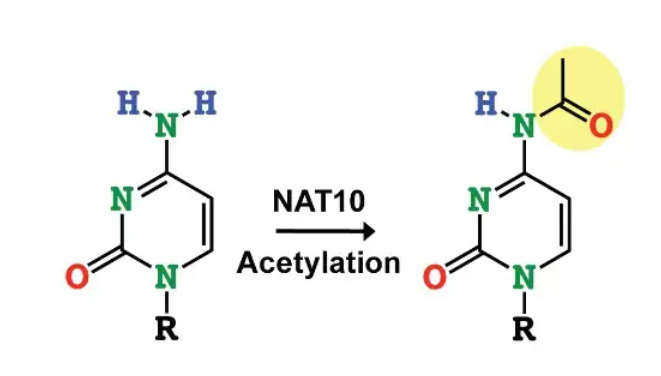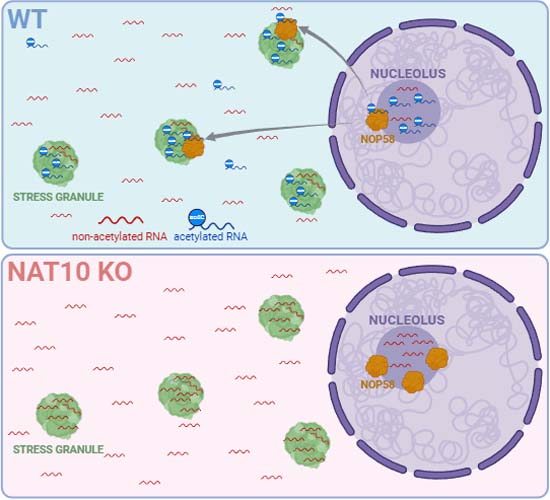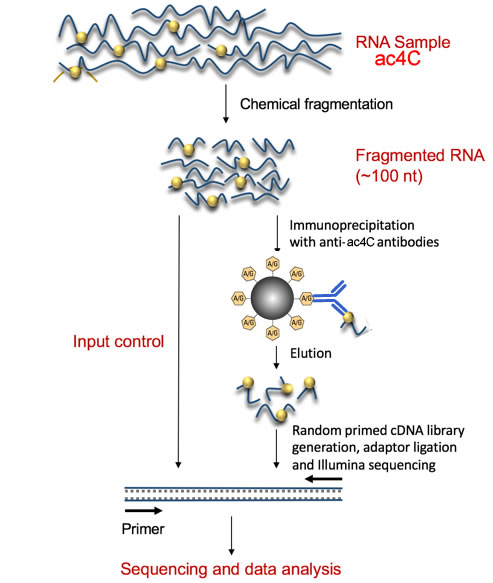
RNA modification was initially regarded merely as a chemical fine-tuning of RNA in nucleic acid structure. With the development of cutting-edge research techniques and the emergence of related antibodies, it has been discovered that RNA modification is widely present at the transcriptome level and exists in a reversible and dynamic regulatory state. It participates in multiple aspects of biological processes, including: cell differentiation, sex determination, tumor occurrence and metastasis, DNA damage repair and other biological functions.
On December 13, 2018, Professor Shalini Oberdoerffer from NIH in the United States published a study in CELL: Acetylation of Cytidine in mRNA Promotes Translation Efficiency. This study first revealed that there are also a large number of ac4C modifications on mRNA and that ac4C modifications affect the stability and translation efficiency of mRNA. Before this, RNA acetylation modification was first discovered in yeast tRNA in 1966 and in rRNA in 1978.
N4-acetylcytidine (ac4C), a conserved chemical modification in both eukaryotes and prokaryotes, was initially believed to mainly exist in tRNA and 18S rRNA. However, recent studies have revealed that a considerable amount of ac4C is also present in mRNA, with its abundance not lower than the m7G cap modification carried by mRNA. N-acetyltransferase 10 (NAT10) is currently the only identified protein that possesses both acetyltransferase and RNA-binding domains, and thus is regarded as the RNA ac4C modification enzyme (the sole known writer protein, while eraser and reader proteins remain unknown).

